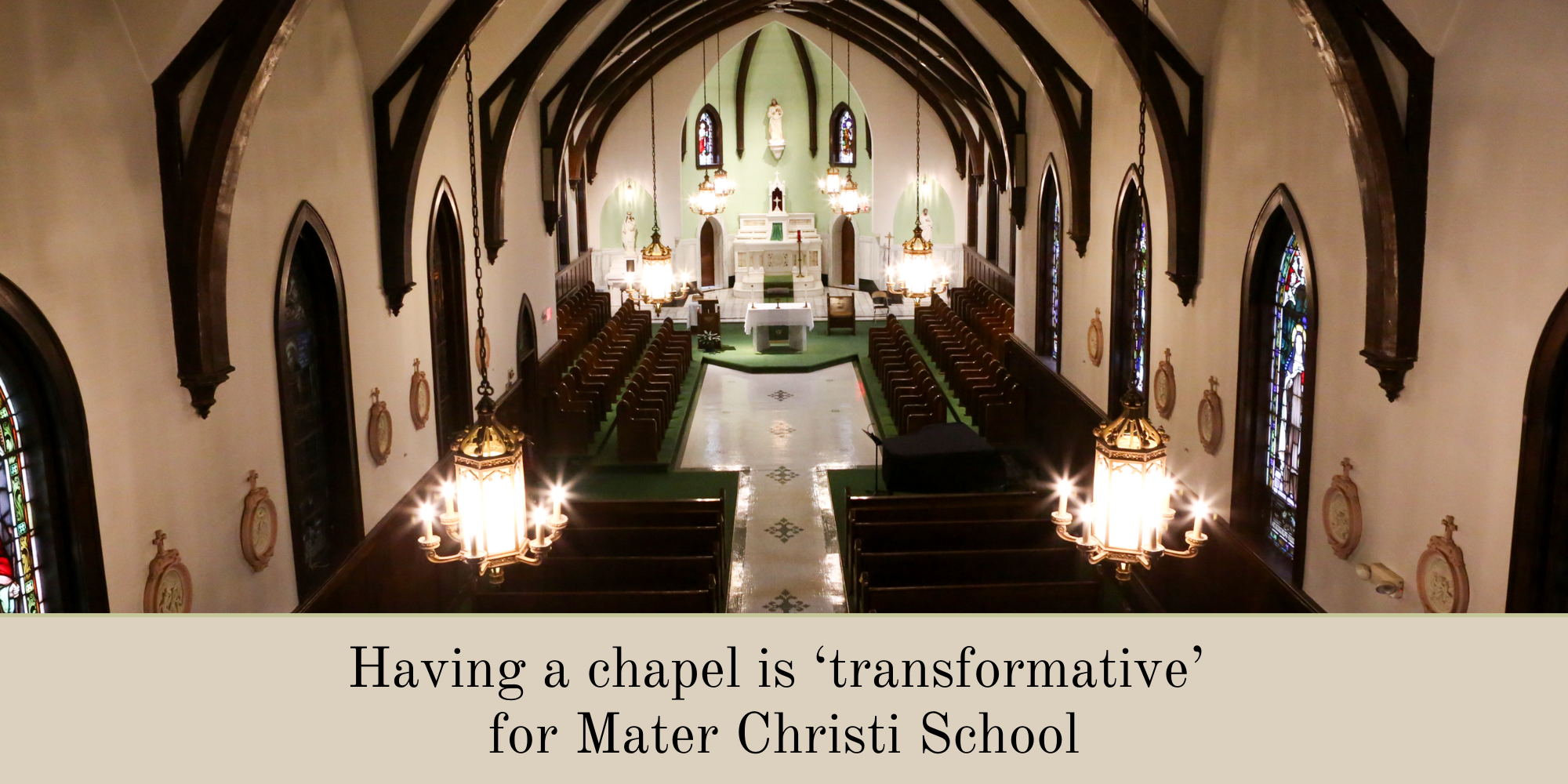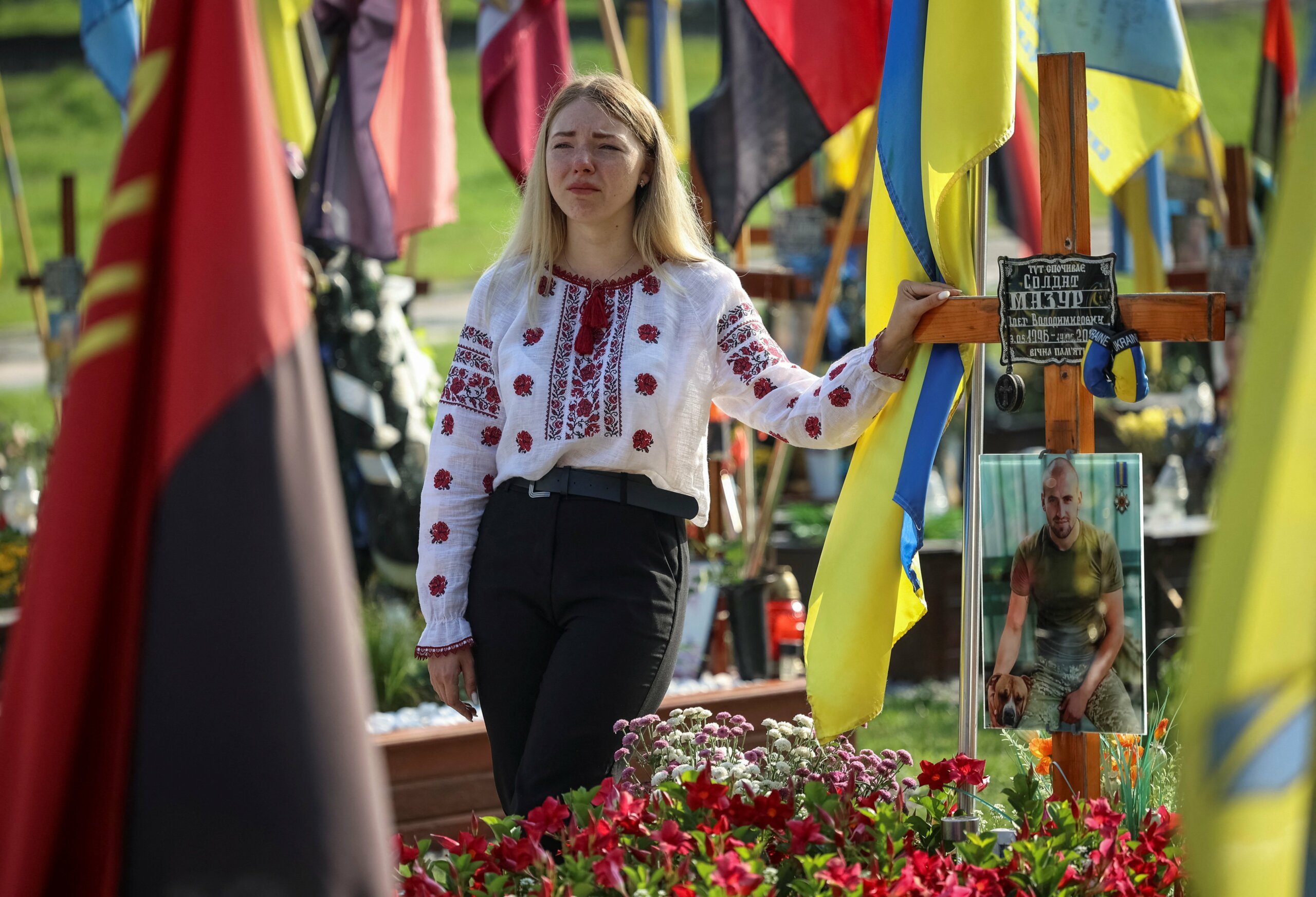
In this final part of our look at Catholic belief around the Eucharist, we take a look at the effects of the Eucharist, which can be summed up in one word: communion. When we talk about the Eucharist at Mass, we often use the word “communion” and phrases such as “going to communion.” This is for good reason.
When we speak of communion, though, we aren’t necessarily referring to the object of the Eucharist (a better phrase to describe the object of the Eucharist is “Real Presence”) or the action of the Eucharist (a better phrase to describe the action of the Eucharist is “sacrifice”). Rather, when we speak of communion, we are best referring to the effects of the Eucharist, the effects of the Real Presence and the Holy Sacrifice of the Mass in our lives.
When I train extraordinary ministers of Holy Communion, I like to remind them that at the heart of their ministry is the act of giving and a receiving of the Eucharist. That action lasts only a moment with each communicant, but in that action, there are three relationships that are nourished and strengthened.
The first relationship is the vertical relationship — the relationship between God and the communicant. The Eucharist strengthens our union with God. This is what we most often think about when we think about the effects of the Eucharist — that the Eucharist draws us closer to God. This is an invisible grace that remains with us even after Mass. And if we allow that grace to work within us, it very powerfully re-configures our entire life to be in union with Christ. This union is the most powerful gift God gives us to help us on our continual path of conversion. We move from being people who “receive communion at Mass” to people who live in communion with God. We move from simply receiving the Eucharist at Mass to living a Eucharistic life — a life rooted in communion with God that allows us to always give thanks. When we share communion with God, we cannot but help share in God’s love.
The second relationship is the horizontal relationship — the relationship between the communicant and the Body of Christ, the Church. “The Eucharist makes the Church” as French theologian and priest Henri de Lubac would say. The Eucharist strengthens our communion with the Church. We recognize our communion is strengthened with our brothers and sisters who are with us at Mass, but do we recognize that our union with Catholics throughout the world is also strengthened? The beauty of this communion is that it transcends place, culture, ethnicity, socio-economic status, citizenship status, and political belief. What would the world look like if we lived our daily life in that communion? “This is how all will know that you are my disciples, if you have love for one another” (Jn 13:35). And this communion in the Church gives us hope, for not only is our union with those in the Church on Earth strengthened, but also our union with those who have gone before us in faith — the Church Triumphant. The Eucharist even transcends death.
Listen carefully to the latter half of the Eucharistic Prayer, and you will hear the Church praying for this unity established in the Eucharist, unity with God, with one another, with the saints in heaven. Listen carefully, and pray it well!
— Josh Perry is the director of the Office of Worship for the Diocese of Burlington.
—Originally published in the Oct. 21-27, 2023, edition of The Inland See.





